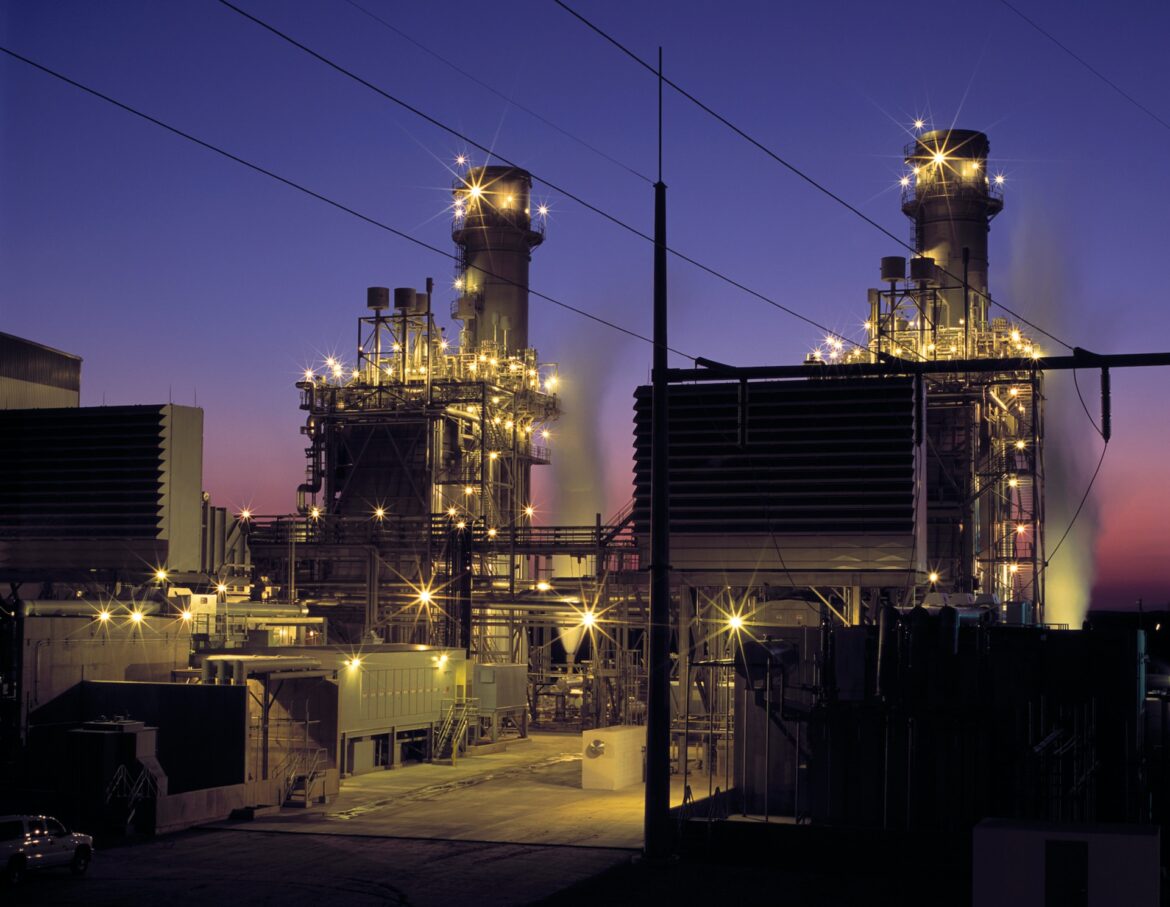The Importance of Natural Gas in Meeting Energy Demand
Natural gas will significantly meet energy demand, especially electricity production. It will also support renewables by helping to stabilize the grid.
It is a Clean Fuel
The most common use of natural gas is as a source of heat. It powers homes’ stoves, furnaces, and water heaters and is also used to run garage and outdoor lights. It is a cleaner alternative to coal, producing less carbon dioxide and air pollutants when burned.
It is also a very versatile fuel. Unlike fossil fuels such as oil and coal, which can take days to get up and running, a gas power plant can be turned on instantly. This flexibility makes it an ideal partner for renewable energy sources such as wind and solar. Most of the world’s natural gas is underground in impermeable rock formations. It can be extracted using hydraulic fracturing (“fracking”) and horizontal drilling. The remainder is called tight gas and requires more expensive, specialized extraction techniques.
Once gathered and processed, the natural gas is delivered through a network of high-pressure pipelines to distribution companies and industrial end users. During transmission, chemical compounds called odorants are added to the gas to make it easy for channels to detect leaks. These chemicals also help to distinguish between different types of natural gas.
It is Affordable
One of the advantages of natural gas is that it is an affordable energy source for homes and businesses. Households using natural gas for heating, cooking, and clothes drying save an average of $874 per year compared to those that use electricity. These savings have resulted in consumer savings of more than $50 billion nationwide since 2022.
The low price of natural gas is driving new energy-efficient projects that support jobs and improve competitiveness in global markets. These projects include residential and commercial building renovations and the development of clean-burning natural gas vehicles.
Many public power utilities rely on natural gas-fired electric generation through their facilities or purchased in the organized wholesale electric markets. This means that the cost of natural gas directly impacts the wholesale price of electricity in those markets, and higher natural gas prices mean higher electric bills for those public power utilities.
In addition, many low-income households rely on affordable utility assistance and fuel funds to pay their natural gas bills. Rising natural gas prices threaten these programs.
It is a Renewable Fuel
As part of the overall energy solution, renewable natural gas provides a valuable bridge to a zero-carbon future. However, current discussions often treat it as a substitute for other essential decarbonization strategies, such as electrification and adding renewables to the electric grid. This view needs to understand the role of renewable natural gas in reducing greenhouse gases, possibly leading to underestimating its value.
Most renewable natural gas (biomethane or upgraded biogas) is produced from “wet” organic waste streams like animal manure, food scraps, and wastewater sludge. Bacteria break down organic material to produce methane and other gases through anaerobic digestion. The gas is then filtered to remove impurities and processed to make it comparable in quality to conventional natural gas.
Other renewable natural gas sources include crop residues and forestry byproducts like grass clippings, nut shells, and tree trimmings. These feedstocks have more significant potential but face more economic barriers. Moreover, most of these resources are unsuitable for direct use as natural gas since they must be compressed into CNG or liquefied into LPG for transport and consumption.
Efficient renewable natural gas production typically requires a combination of policy support mechanisms that address market barriers and simultaneously promote climate and environmental priorities. This approach can provide a practical, cost-effective way to develop resources significantly contributing to a low-carbon energy mix.
It is a Transportation Fuel
Natural gas can be used as a transportation fuel, providing cleaner, quieter, more efficient, and safer vehicles than gasoline. It is the world’s most widely available and fastest-growing primary energy source. Its use in power generation has helped reduce emissions from the electric sector to nearly half of what they were in the 1980s. Combustion of natural gas produces far fewer harmful air pollutants than coal or oil, making it a clean and green energy option for residential, commercial, and industrial uses.
It is a versatile energy resource that can be used for heating, cooking, electricity production, industrial processing, water and air conditioning, and transportation. In residential homes, natural gas is used to heat homes and fuel appliances such as stoves, furnaces, outdoor grills, clothes dryers, and water heaters.
The United States is a net exporter of natural gas, selling it to countries worldwide. Unlike other fossil fuels that must be transported in bulk by tanker, most natural gas is delivered to consumers through a vast network of high-pressure pipelines. Where pipelines don’t exist, or for overseas transport, natural gas can be cooled and liquefied into “liquefied natural gas” (LNG) or compressed into “compressed natural gas” (CNG).
Many of the world’s known reserves of natural gas are located in impermeable rock formations like shale. Extraction methods such as hydraulic fracturing or horizontal drilling can access these fast deposits. Natural gas can be stored underground in depleted oil and gas reservoirs, aquifers, or salt caverns during low demand.




